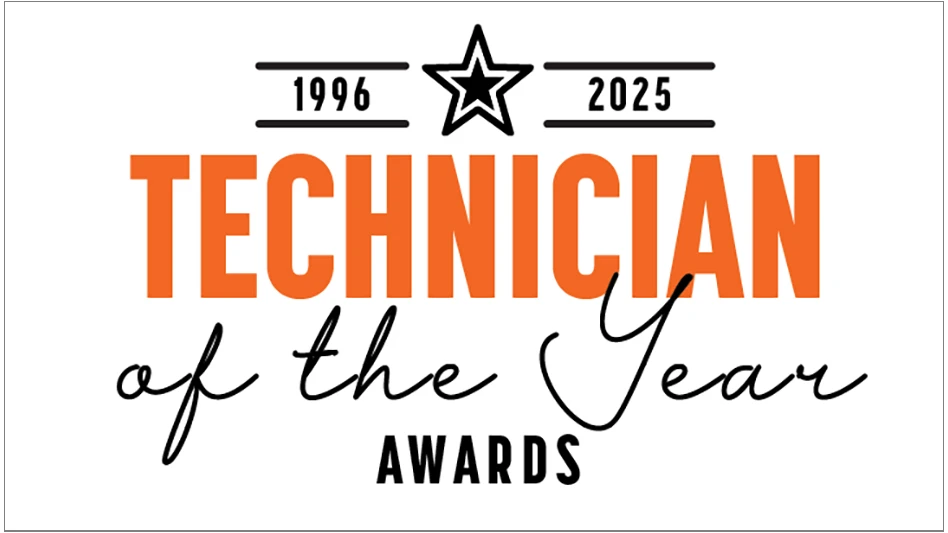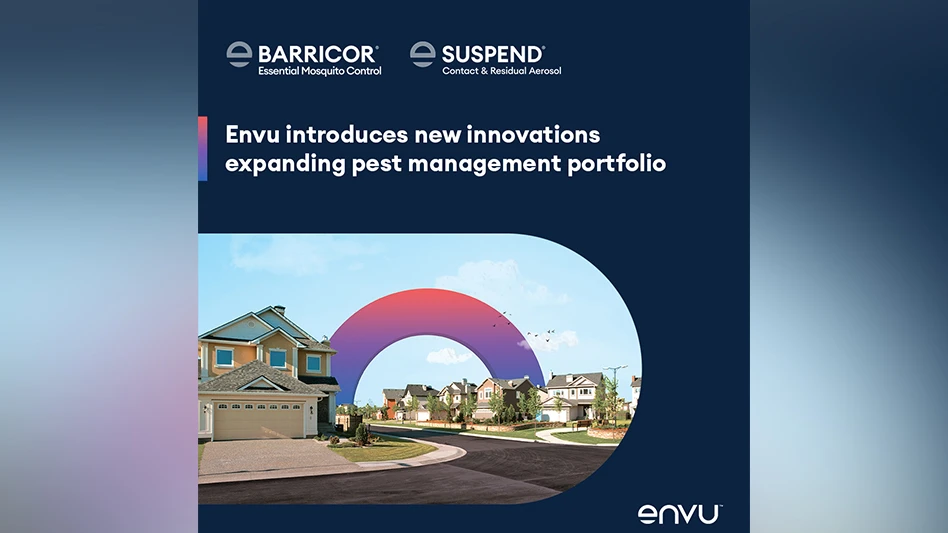As pest management professionals, we’ve all likely had a customer on our route, or in our region, that we dread going to service. You know as soon as you walk in the door, they are going to point out all sorts of issues they are having, and then blame you for not waving the magic wand to eliminate their issues. You see the same issues at the customer location month after month, and it’s likely the client just won’t change their ways.
Situations like these are frustrating for service professionals, but they can be equally frustrating for your customer. Well before you lose the customer over recurring or unresolved issues, take some time to educate them. Most will appreciate you, as the pest management expert, taking the time to go over what you’re seeing. Let’s dive deeper into a few elements of your pest management program that, with your help, your customers should fully understand.
INSPECTING THE FACILITY. You’ve arrived at the customer location and inform the point of contact that you are there to perform their pest control service. After finding out if they have seen any pest activity since the last service, you begin your inspection. You shine your flashlight around, checking in corners and cabinets, dark rooms, under equipment or furniture, etc. The point of contact observes this activity in passing and continues on their way.
Did you ever stop to wonder if the customer knows why you are walking around shining your flashlight into these types of spaces? It’s important that you make it clear that what the customer may perceive as you killing time is actually a way to help identify pest issues early on. Explain to the customer why you’re looking around, and specifically what you’re looking for in each area to help them understand the value in your service.
PEST ACTIVITY FOUND. Let's presume that early on in your inspection you discover some insect activity on the monitor you placed out during the previous service. You record the findings in your service report and continue along with your service. At the end of service, you review your report and pest findings with the customer contact.
Taking a few extra minutes to explain the insect behavior, and why you feel the pest was found in that area of the customer location helps in several ways. Not only will the customer be able to identify the pest in the future, but they also will know if it is an alarming pest, or one that just happened to wander in. Your detailed explanation even may prevent a callback service request.
PEST CONDUCIVE CONDITIONS. Completing a thorough inspection and identifying conditions that are conducive to pest activity is an integral part of any integrated pest management program (IPM). So, you do your due diligence and identify conditions. You write them down on your service report and tell the customer what you found.
This is great, but does the customer truly understand why you’re telling them about a hole in the wall, or a missing tile under a wash sink? As you review these conditions, be sure to educate the customer on why you’ve recorded them, and how these conditions can impact pest activity at their location if they are not resolved in a timely manner. This effort can help the customer better understand the value of correcting the issue.
PESTICIDE APPLICATIONS. From time to time you must apply a pesticide to control or prevent certain pests. You look in your truck and pick out your favorite product. The application is made, and you record this on your service report. It is also important that you explain to the customer what product you applied and why you chose it. Providing this information can help the customer better understand their pest management program.
SERVICE REPORTS/LOGBOOKS. You’ve come to the end of the service. All the traps have been checked, all the conditions noted, pesticide applications made and discussions had with the client. You print out your service report and hand it to the customer, or file it in a logbook if the location requires one. You tell them to have a great day and continue on your way.
But does your customer understand how to read and follow their service report? Do they know where to look on the report to see what pesticides were applied? Or where they can find your name, or the phone number of someone to contact if they have questions? Can they locate the Safety Data Sheets in their logbook during an emergency?
Ensuring the customer knows how to find and understand this information is an important element of a good pest management program. A situation may arise where the customer needs to know exactly what products you applied. Taking the time to address the report and logbook during service can help the customer be confident in locating that information whenever needed.
FINAL THOUGHTS. Taking the time to educate your customers during a regular service visit can help build rapport and trust, leading to a better partnership and more successful, valued, pest management program. You should want to be the person your customer relies on as when it comes to pest control and taking these few small steps can help you establish yourself as the expert.
Keep in mind that education goes beyond reviewing these items with the main point of contact each service. Larger, more complex sites may require deeper training for staff. Being able to offer more comprehensive, personalized training options — from in-person training for employees, to recommending webinars, to working with your marketing and technical teams to create educational collateral for staff — will go a long way in building that partnership with your customer and establishing the value of your service.
You’ll likely find that those frustrating customers are more receptive to your methods once they understand just why they need to step in and help.

Get curated news on YOUR industry.
Enter your email to receive our newsletters.
Explore the December 2021 Issue
Check out more from this issue and find your next story to read.
Latest from Pest Control Technology
- How to Get Rid of Odorous House Ants
- Massey Services Promotes Herndon to Director of Sales for Multi-Family Division
- NPMA Announces First Recipients of NPMA PRO Certified Credential
- Pestmaster of the Hudson Valley Acquires Catskill Animal Damage Control
- Photo Slideshow: Ant Identification Tips
- Video: Top 10 PCT Photo Contest Finalists
- UF/IFAS Study Reveals Boats as Perfect Vessels for Global Termite Spread
- Pest Control Consultants (Iowa) Earns Pinnacle Performance Award






